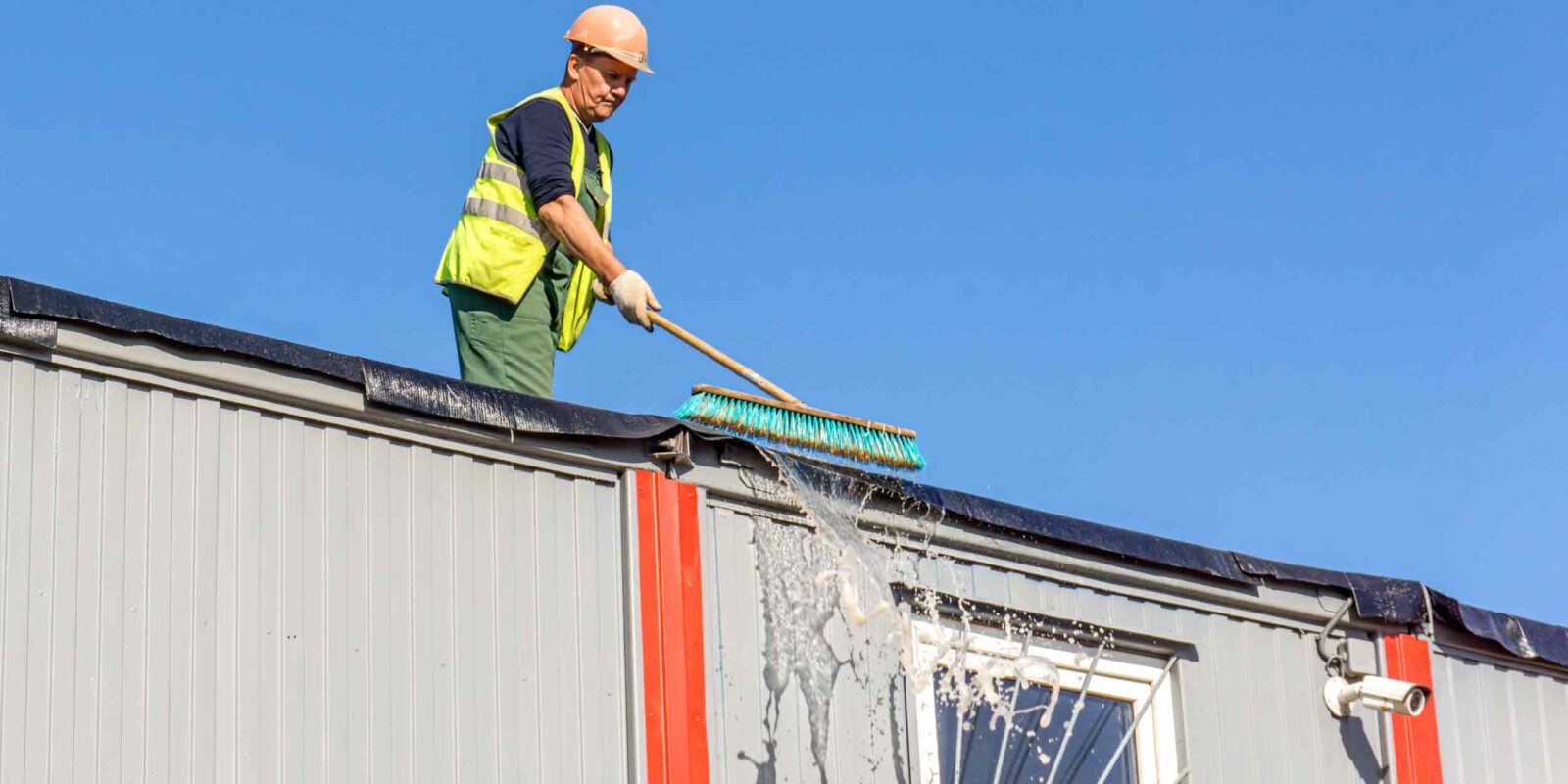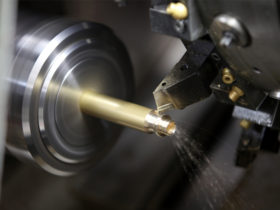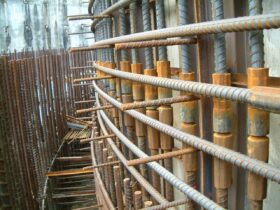Steel, renowned for its strength and durability, is widely used in construction, bridges, and other infrastructure projects. However, even this mighty material requires care and attention to ensure longevity. It will help you to know the key factors that affect steel structure lifespan, covering topics such as regular inspections, corrosion prevention, protective coatings, structural repairs, and more.
Whether you are a construction professional or a homeowner with steel elements, you must equip yourself with the knowledge to safeguard your investment and maximize the lifespan of your steel structures. You can also check out h piles to know more about how you can preserve the lifespan of steel structures.
Tips for maintaining and extending the lifespan of steel structures:
- Regular inspections
Regular inspections play a vital role in maintaining and extending the lifespan of steel structures. You can identify early signs of damage, corrosion, or structural weaknesses by conducting routine inspections. It allows you to address issues promptly, preventing further deterioration and ensuring the structure’s integrity. Regular inspections provide valuable insights into the condition of your steel structures, enabling you to take proactive measures and extend their lifespan effectively.
- Corrosion prevention
Corrosion prevention is essential for maximizing the lifespan of steel structures. Steel is prone to corrosion, which can weaken its structural integrity. Protective coatings such as galvanization or epoxy coatings create a barrier against corrosive elements like moisture and chemicals. By implementing effective corrosion prevention measures, you can safeguard the steel from deterioration, ensuring its longevity and maintaining the structural strength and durability of the steel structures.
- Proper cleaning
Corrosion prevention is paramount in maintaining and extending the lifespan of steel structures. Implementing protective measures like galvanization or epoxy coatings creates a barrier against moisture and corrosive elements. Regularly inspecting and maintaining these coatings and promptly addressing any damages or weak points ensures that the steel remains robust and durable. By prioritizing corrosion prevention, you can significantly enhance the longevity and structural integrity of your steel structures.
- Structural repairs
Structural repairs are a critical aspect of maintaining and extending the lifespan of steel structures. Promptly addressing any damages or weaknesses is essential to prevent further deterioration and ensure structural integrity. Engaging professionals for assessments and repairs is vital, as they can effectively identify and rectify weakened or damaged sections. By proactively addressing structural issues, you can preserve your steel structures’ strength, stability, and longevity, ensuring their optimal performance and durability for years.
- Drainage and moisture control
Adequate drainage and moisture control are crucial factors in maintaining and extending the lifespan of steel structures. Poor drainage can lead to water accumulation, increasing the risk of corrosion. Ensure proper functioning of gutters, downspouts, and drainage systems to redirect water away from the structure. Implement moisture control measures like waterproofing to minimize the entry of moisture.










